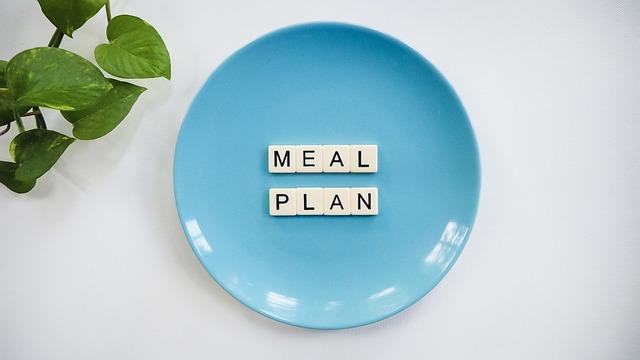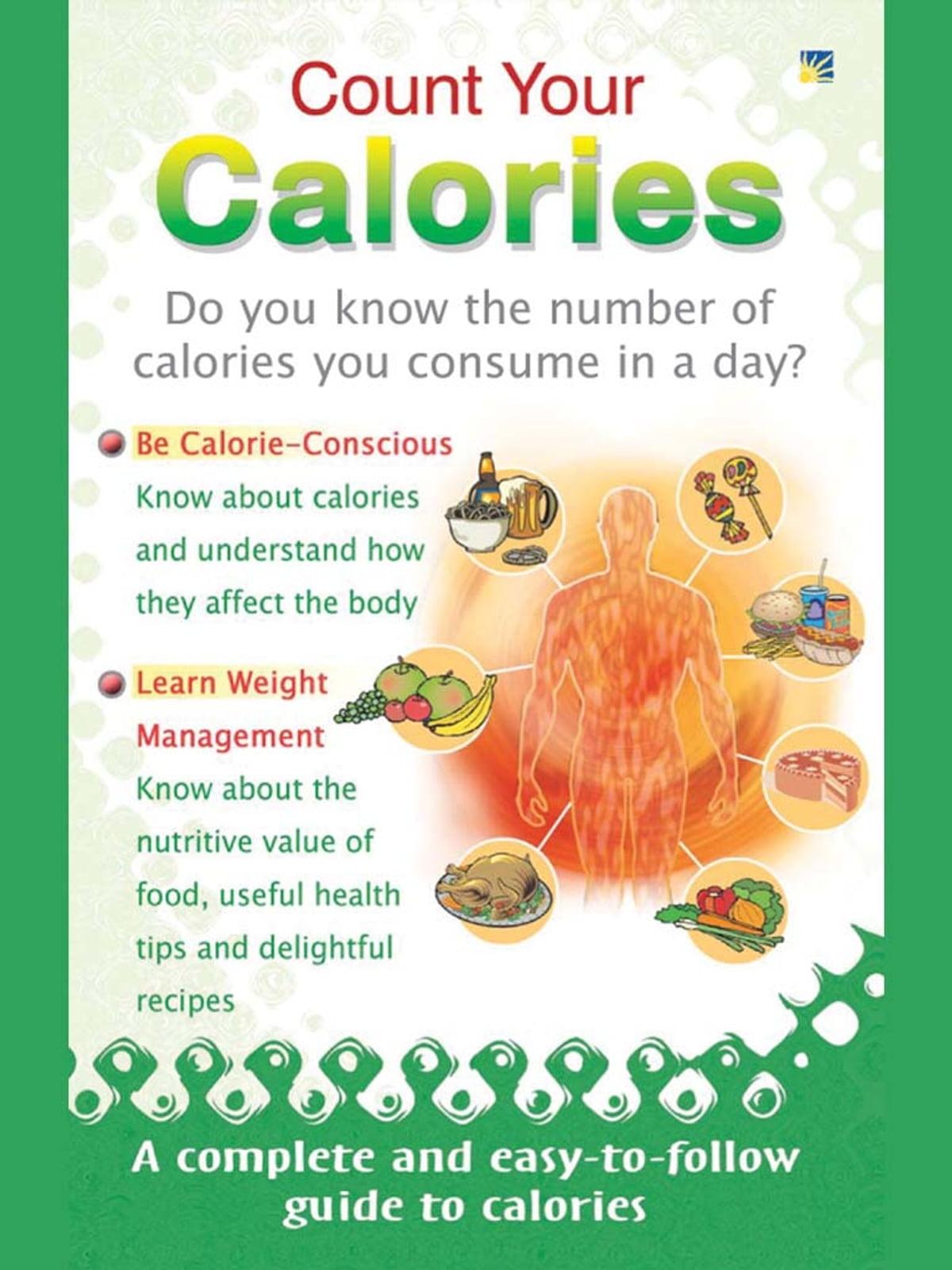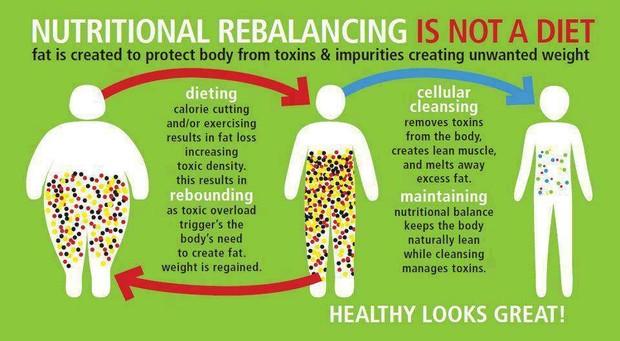Embarking on a journey towards fat loss can feel daunting, but mastering the art of calorie management can transform this challenge into a rewarding experience. Understanding how to effectively manage your calorie intake is not just about restricting food; it’s about making informed, sustainable choices that align with your health goals. In this article, we will guide you through the essential principles of calorie management, equipping you with the knowledge and strategies necessary to navigate your dietary choices confidently. Whether you’re new to the concept or looking to refine your approach, this guide will empower you to take control of your nutrition and achieve lasting fat loss success.
Understanding Your Daily Caloric Needs
To effectively manage your calories for fat loss, it’s essential to first grasp your daily caloric needs. This involves understanding the number of calories your body requires to maintain its current weight, which is known as your Total Daily Energy Expenditure (TDEE). Your TDEE is influenced by several factors, including your Basal Metabolic Rate (BMR), which accounts for the calories burned at rest, and your physical activity level. To calculate your TDEE, you can use online calculators that factor in your age, gender, weight, height, and activity level. Once you have your TDEE, you can create a calorie deficit by consuming fewer calories than your body needs, leading to fat loss.
- Track your intake: Use a food diary or apps like MyFitnessPal to log everything you eat and drink.
- Prioritize protein: Protein helps to preserve muscle mass during weight loss and can enhance satiety.
- Be mindful of portion sizes: Measuring food can prevent unintentional overeating.
- Stay hydrated: Sometimes thirst is confused with hunger, leading to unnecessary calorie consumption.
By understanding and managing your daily caloric needs, you can tailor your diet to effectively support your fat loss goals, ensuring a more successful and sustainable journey.

Crafting a Balanced and Sustainable Meal Plan
Achieving a harmonious and sustainable approach to your daily nutrition requires a thoughtful combination of nutrient-dense foods and mindful eating habits. Begin by focusing on whole foods such as lean proteins, whole grains, fresh fruits, and vegetables. These provide essential vitamins and minerals, support muscle maintenance, and help you feel full longer. Remember, it’s not just about cutting calories, but about choosing the right ones that nourish your body.
- Lean Proteins: Think chicken, turkey, fish, tofu, and legumes.
- Whole Grains: Include quinoa, brown rice, oats, and whole wheat pasta.
- Fruits and Vegetables: Aim for a variety of colors to maximize nutrient intake.
- Healthy Fats: Incorporate sources like avocados, nuts, seeds, and olive oil.
For a truly balanced meal plan, consider the timing and portion sizes of your meals. Eating smaller, more frequent meals can help maintain energy levels and prevent overeating. Use tools like the hand portion guide or apps that track macronutrients to keep portions in check. Lastly, stay hydrated with plenty of water, as it aids in digestion and helps control hunger. By aligning your eating habits with these principles, you’ll create a meal plan that’s both effective and sustainable for long-term fat loss.

Incorporating Physical Activity for Optimal Results
To supercharge your fat loss journey, intertwining calorie management with physical activity is paramount. Engaging in regular exercise not only helps burn calories but also enhances your metabolism and promotes muscle growth. Consider incorporating a mix of cardiovascular exercises and strength training into your weekly routine to maximize results. Cardiovascular exercises like running, cycling, or swimming are excellent for burning calories and improving heart health, while strength training helps build lean muscle mass, which in turn increases your resting metabolic rate.
- Cardio Workouts: Aim for at least 150 minutes of moderate-intensity or 75 minutes of high-intensity cardio per week. This can be broken down into daily sessions of brisk walking, jogging, or cycling.
- Strength Training: Include two to three sessions per week focusing on major muscle groups. Exercises such as squats, deadlifts, and bench presses can be highly effective.
- Active Lifestyle: Incorporate more movement into your day by taking the stairs, walking during lunch breaks, or even standing while working.
By combining a strategic exercise regimen with mindful calorie consumption, you set the stage for sustainable fat loss and overall improved well-being. Remember, consistency is key; make these activities a habitual part of your lifestyle for optimal results.

Monitoring Progress and Adjusting Strategies
To effectively manage your calories for fat loss, it’s crucial to keep an eye on your progress and make necessary adjustments along the way. Start by tracking your daily intake using a reliable app or journal. Pay attention to how your body responds: Are you losing weight at a healthy rate? Are you feeling more energetic or sluggish? By regularly evaluating these factors, you can identify patterns and adjust your strategy accordingly. If progress stalls, consider revisiting your calorie goals or adjusting macronutrient ratios. Remember, consistency is key, but flexibility ensures sustainability.
- Evaluate Weekly: Take a moment each week to review your food diary and physical changes. This helps in identifying trends.
- Adjust Portions: If weight loss is too rapid or slow, tweak portion sizes instead of overhauling your diet.
- Listen to Your Body: Hunger, energy levels, and mood can be indicators of whether your current strategy is effective.
- Seek Feedback: Engage with a community or a nutrition expert to gain insights and advice based on your progress.
By continually monitoring and adjusting, you ensure that your fat loss journey is not only effective but also adaptable to your lifestyle and needs.
